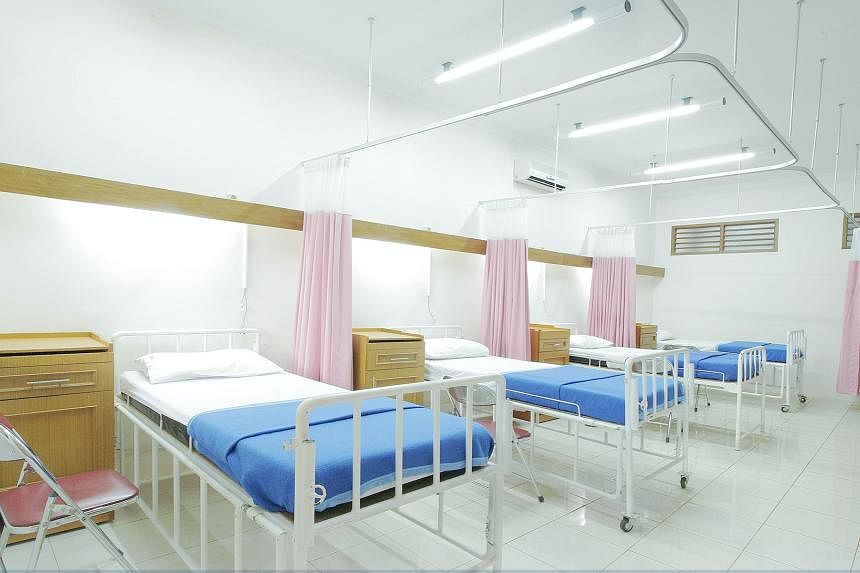SINGAPORE – Restrictions will be imposed on the size of patients’ bills according to the new not-for-profit private acute hospital model to avoid high costs, said Health Minister Ong Ye Kung in Parliament on Feb 5.
He did not provide more details on these restrictions, but noted the model will be singularly licensed – meaning each hospital will be issued its own healthcare licence – allowing for stronger governance under the new model.
Hospital operators under this model need to have strong oversight and control of their doctors’ clinical practices, he said.
Healthcare professionals, ranging from general physicians to rehabilitation professionals, will have to work closer as a team to serve patients, Mr Ong said.
“We intend to specify these as conditions that potential hospital operators will have to meet and be evaluated on,” he said, noting that any new hospitals under this model will primarily serve Singaporeans.
A licence to operate a new hospital under such a model will not simply go to the operator willing to pay the cost of the land to build such a facility, he said.
Currently, Mount Alvernia Hospital is Singapore’s only not-for-profit private acute hospital.
Under such a model, profits are not distributed to shareholders but instead reinvested in the hospital or used for charitable purposes.
On Jan 8, the Ministry of Health (MOH) said that it aimed to introduce a new not-for-profit private acute hospital model, and was inviting private healthcare operators here to take part in an industry consultation.
Mr Ong was responding to a parliamentary question by Dr Tan Wu Meng (Jurong GRC), who had asked if a comparative assessment had been made between Singapore’s not-for-profit private acute hospital model and those in other advanced economies in areas such as patient care.
Not-for-profit hospitals are common elsewhere, in countries such as the United States and Japan, and do not operate at a loss, said Mr Ong.
Such hospitals operate as not-for-profits as this is more in line with the public health mission of such facilities, he said, adding that such a model allows these hospitals to access philanthropic funds.
There are no major inherent differences in the running of good for-profit and not-for-profit hospitals, in terms of quality of care or talent recruitment and development, Mr Ong said.
A new not-for-profit private acute hospital here with features such as cost restrictions and greater governance would provide the public with a greater range of healthcare options, the minister said.
While public hospitals here are heavily subsidised by the Government so as to be affordable for Singaporeans, those who need to go for non-urgent elective procedures can often face a lengthy wait time, said Mr Ong.
While there is little or no wait time at private hospitals, patients need to be “quite well-off and well-insured” as costs can be quite high, he added.
Noting that some private hospitals such as Mount Alvernia and Raffles Hospital were lower in cost, Mr Ong said MOH believes the number of lower-cost private hospitals here can be increased to allow private healthcare to better complement public healthcare.
Mr Ong said that public hospitals are handling an increasing number of patients, with such facilities now handling about 90 per cent of hospital patients here, up from 85 per cent about a decade ago.
This has added “considerable load” to the public healthcare system, he said.
“We are better off with a variegated system, where residents who are well-insured with private policies (and) have less need for subsidies can opt for lower-cost private hospital care if they wish to,” he said.
“Private hospitals will also bring new insights and ideas to the management and delivery of healthcare,” he added, noting this will improve the quality of Singapore’s healthcare system.
Mr Ong added that MOH had received “good responses” from various professionals and the industry after its invitation for consultation.


